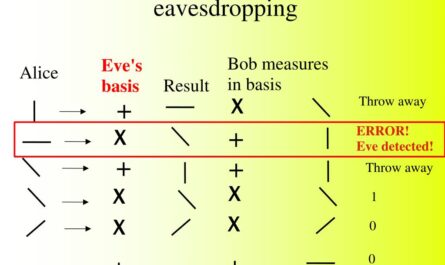With the advancements in robotics and artificial intelligence technologies, robots are gradually entering into various sectors including agriculture. Agricultural robots, also known as AgBots, are getting adopted by farmers to perform various agricultural tasks autonomously. These robots are helping increase crop yields, reduce production costs and minimize risks for farmers. In this article, we will understand in detail how robots are revolutionizing modern agricultural practices.
Types of Agricultural Robots
There are different types of agricultural robots available today that serve various functions on the farm:
Unmanned Aerial Vehicles (UAVs)
Commonly known as drones, UAVs are used for crop monitoring and crop spraying. They help farmers closely monitor the growth and health of crops from above through attached cameras. Drones equipped with sprayers can autonomously spray necessary fertilizers and pesticides with precision thereby reducing chemical usage.
Milking Robots
Milking robots automate the milking of dairy cows. They attach cups to the teats of cows, milk them and then detach. This allows milking to be done continuously without human involvement. Milking robots have LED interfaces to keep the cows calm during the process.
Weeding Robots
Weeding is one of the most labor intensive tasks in crop farming. Weeding robots identify and remove unwanted weeds from the farm through computer vision, lasers and mechanical arms without damaging the crops. This helps reduce herbicide usage and saves significant labor costs.
Harvesting Robots
Fruits and vegetables picking robots use computer vision, grippers and containers to identify, pick and collect ripe crops gently without damaging them. Citrus harvesting robots, grape harvesting robots, apple and strawberry picking robots are widely used around the world.
Driverless Tractors
Driverless tractors use GPS, autonomous driving technologies and machine learning to plow, seed and fertilize fields without human guidance. They work with pinpoint accuracy reducing costs. Self-driving tractors can operate 24/7 and plow larger areas quickly.
Soil and Crop Monitoring Robots
These robots measure moisture levels, nutrient content and other properties of soil. They monitor crop growth, detect pests and diseases through sensors. Soil monitoring robots send analyzed data to cloud to help farmers optimize water, fertilizer and pesticide usage.
Impact of Agricultural Robots
Widespread use of Agricultural Robots is having transformational impact on modern farming practices:
Increased Productivity
Precision farming with robots helps maximize crop yields per acre. Fields are plowed, seeded, fertilized and harvested efficiently leading to 10-15% increase in productivity.
Reduced Production Costs
Agricultural robots minimize need for manual labor thereby significantly cutting down on production costs. Precise application of inputs further reduces input costs by 15-20%.
Environment Protection
Variable rate application through robots reduces chemical fertilizer and pesticide usage by 20-30% minimizing pollution. Drones and weeding robots further help move to no-till and organic farming practices.
Comfort for Farmers
Strenuous and repetitive tasks like milking, harvesting are now automated reducing drudgery for farmers. They can increasingly focus on strategic farm decisions rather than manual labor.
Traceability and Transparency
Soil and crop monitoring robots provide large digital data to track complete crop cycle enabling transparency. Blockchain powered Traceability enhances quality, safety and credibility of produce.
Challenges in Adoption of AgRobots
While agricultural robotics promise huge gains, their wider adoption faces some challenges:
High Initial costs
Precision agricultural robotic equipment has significantly high initial capital costs making affordability challenging for small and marginal farmers.
Lack of Infrastructure
Remote and underdeveloped agricultural regions lack suitable roads, charging stations, internet and power infrastructure required for deployment of agricultural robots.
Skills Requirement
Operating complex agricultural robots and leveraging analyzed data requires considerable training and new skills which are still limited in traditional agricultural settings.
Internet Connectivity
Real-time cloud based monitoring and control of agricultural robots require reliable high speed internet which is still not available across all agricultural regions.
Data Security and Privacy
Large digital datasets generated from farm operations raise concerns around data security, privacy and potential data misuse if not handled securely with regulations.
Overcoming these challenges through innovative financing models, infrastructure development programs, skills training and data protection policies can help speed up adoption of agricultural robotics for productivity gains and sustainable farming worldwide.
While still at a nascent stage, agricultural robots certainly represent the future of commercial farming. Wider adoption promises to help feed the growing global population sustainably with higher yields, reduced environmental impact and improved quality of life for farmers. Strategic policy support can accelerate this revolution and help optimize usage of resources in times of climate change and increasing uncertainties in agriculture. The entry of robotics into agriculture will undoubtedly transform global food systems in the coming decades.
*Note:
1. Source: Coherent Market Insights, Public sources, Desk research
2. We have leveraged AI tools to mine information and compile it




